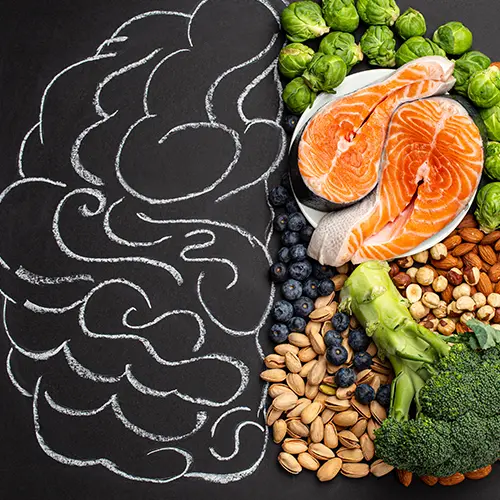Table of Contents
As we age, some unwanted problems may occur around our bodies, which may differ from patient to patient. However, prostatitis is one of the most common diseases among men, especially as they age.
Of course, the reasons and symptoms are different since everyone has different health conditions, body, family and personal history, etc. But in general, prostatitis is a disease that causes problems such as pelvic and lower back pain, problems with urination, etc. that negatively affect the patient’s life.
In this article, we will look at prostatitis disease in general, its types, treatment methods, prostate cancer, tips such as prostate massage and lifestyle changes, and more.
Causes of Prostatitis
The causes of prostatitis may vary, but generally, they include:
- Infections
- Autoimmune diseases
- Age factor
- Pelvic Trauma
- Inflammation
- Urinary Tract Infections
These are commonly known causes of prostatitis, and some causes of prostatitis are still not well known. However, these causes may lead to acute or chronic bacterial prostatitis, especially bacterial infections.
The risk of bacterial infections might be high due to these factors: sexual intercourse, catheter usage, bladder stones, and more. The exact causes are unknown. Therefore, some tests need to be done to find out the causes.
Please note that in some cases, the disease can be seen in tests such as blood and urine, even though there are no visible or apparent symptoms or causes.
Symptoms of Prostatitis
The symptoms of prostatitis are shaped according to the patient’s condition, age, type of disease, etc. However, some symptoms of prostatitis can be listed as:
- Pelvic pain, which gradually turns into heavy pain
- Painful urination
- Frequent urination
- Difficulty in urination, mostly with pain
- Erectile dysfunction
- Lower back pain, along with discomfort
- Stress
These are the common symptoms of prostatitis. In addition, some medical conditions such as urinary tract infections (UTI), benign prostatic hyperplasia, bladder infections, and stones may have a relationship with prostatitis.
If you have a history of prostatitis, regular check-ups may be needed to prevent any other disease or serious condition, including prostate cancer.
Prostatitis Treatment
The treatment methods for prostatitis depend on the type of prostatitis, the condition of the patient, etc. We will look at the types of prostatitis in the next title; however, you can find the most common type-treatment match in this title as well.
- Acute Bacterial Prostatitis: Since it is acute, as the name suggests, antibiotics are used to destroy the infections. Your doctor will prescribe the antibiotics according to your condition.
- Chronic Bacterial Prostatitis: Since it is chronic, as the name suggests, long-term usage of combination antibiotics is needed to treat chronic bacterial prostatitis.
Along with medication treatment, changes in lifestyle, a healthy diet, etc. would be advised for the patients. In some cases, prostate massage is advised for patients.
Types of Prostatitis
Four known types of prostatitis are divided into these categories because of the differences in the causes, symptoms, and conditions. In this title, we will look at the types in separate titles.
- Acute Bacterial Prostatitis
Acute bacterial prostatitis is a sudden infection in the prostate gland, along with fever, severe pelvic pain, and urination. It is generally treated with antibiotics.
- Chronic Bacterial Prostatitis
Chronic bacterial prostatitis is a persistent infection in the prostate gland and discomfort and pain in urination. It requires a combination of antibiotics for an extended period of time, according to your doctor’s instructions. This situation differs from patient to patient.
- Chronic Pelvic Pain Syndrome
Chronic Pelvic Pain Syndrome shows itself through continuous pain and discomfort in urination and the prostate gland. The inflammation risk is high in this type of prostatitis, divided into inflammatory and non-inflammatory sections.
- Asymptomatic Inflammatory Prostatitis
In some cases, the symptoms of prostatitis may not be as severe as in asymptomatic inflammatory prostatitis. It can be found in medical tests such as blood and urine. Consulting your doctor about this issue would be helpful to prevent any further serious diseases or problems.




















